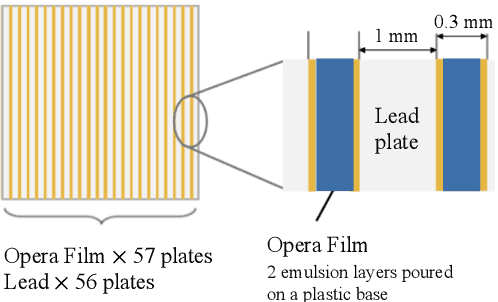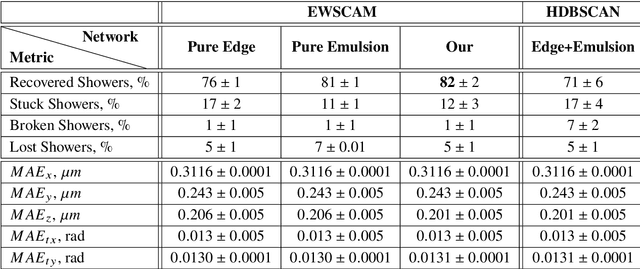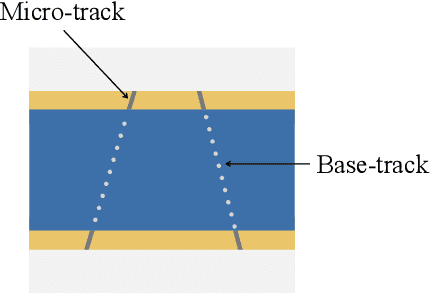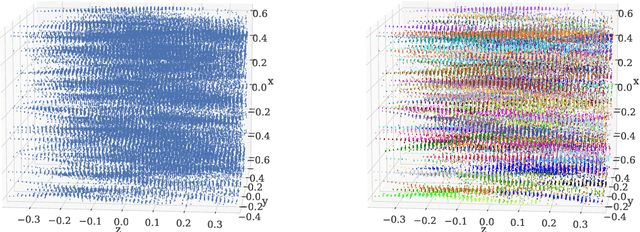Segmentation of EM showers for neutrino experiments with deep graph neural networks
Paper and Code
Apr 16, 2021



We introduce a novel method for showers reconstruction from the data collected with electromagnetic (EM) sampling calorimeters. Such detectors are widely used in High Energy Physics to measure the energy and kinematics of in-going particles. In this work, we consider the case when a large number of particles pass through an Emulsion Cloud Chamber (ECC) brick, generating electromagnetic showers. This situation can be observed with long exposure times or large input particle flux. For example, SHiP experiment is planning to use emulsion detectors for dark matter search and neutrino physics investigation. The expected full flux of SHiP experiment is about $10^{20}$ particles over five years. Because of the high amount of in-going particles, we will observe a lot of overlapping showers. It makes EM showers reconstruction a challenging segmentation problem. Our reconstruction pipeline consists of a Graph Neural Network that predicts an adjacency matrix for the clustering algorithm. To improve Graph Neural Network's performance, we propose a new layer type (EmulsionConv) that takes into account geometrical properties of shower development in ECC brick. For the clustering of overlapping showers, we use a modified hierarchical density-based clustering algorithm. Our method does not use any prior information about the incoming particles and identifies up to 82% of electromagnetic showers in emulsion detectors. The mean energy resolution over $17,715$ showers is 27%. The main test bench for the algorithm for reconstructing electromagnetic showers is going to be SND@LHC.
 Add to Chrome
Add to Chrome Add to Firefox
Add to Firefox Add to Edge
Add to Edge